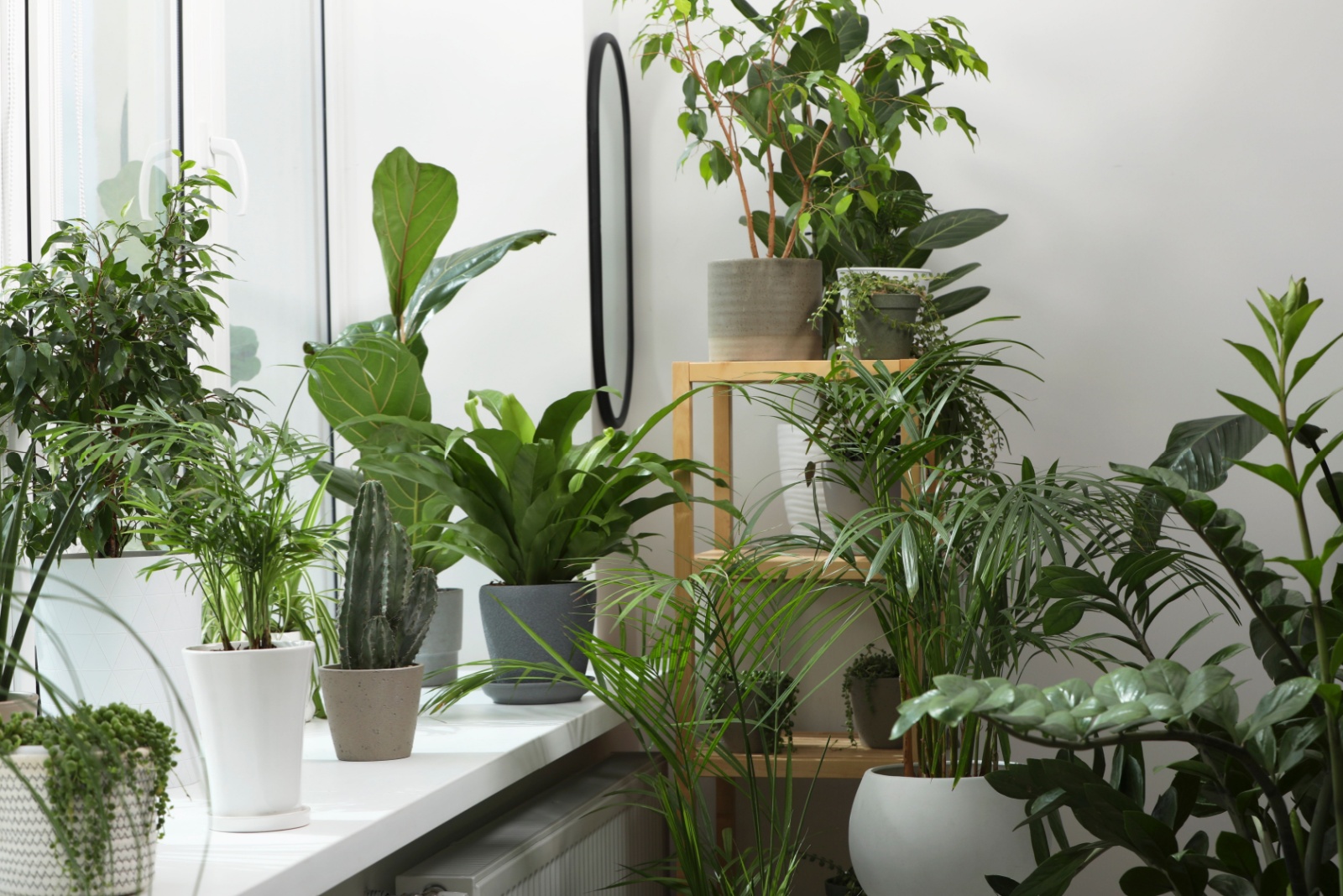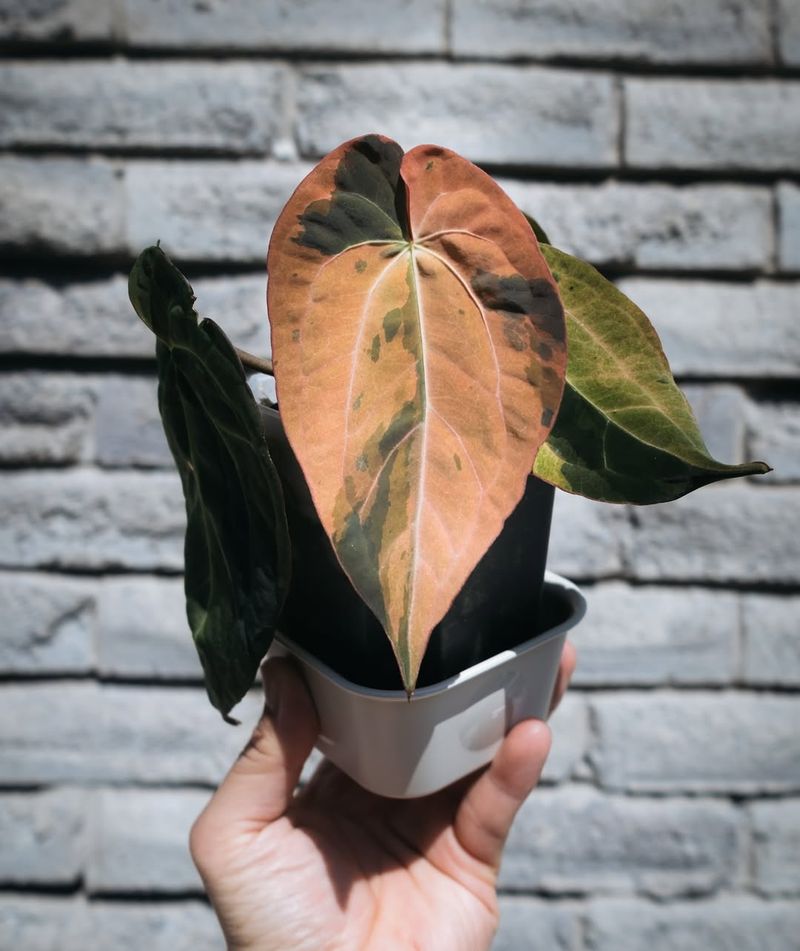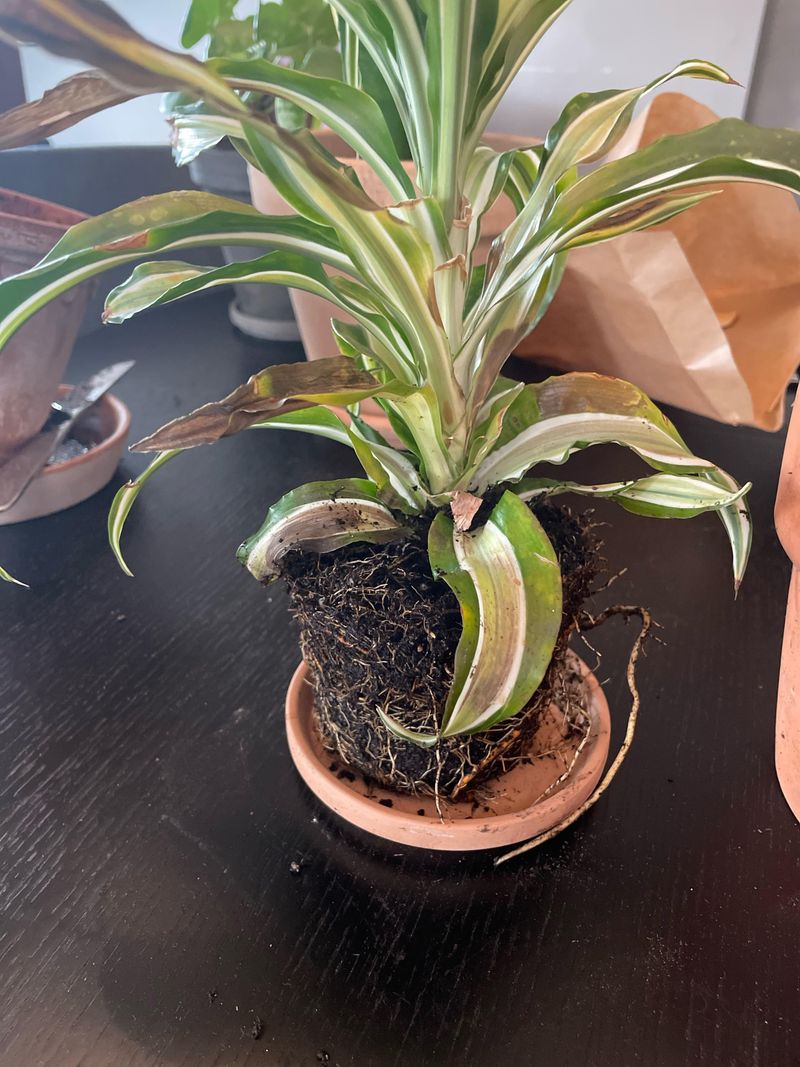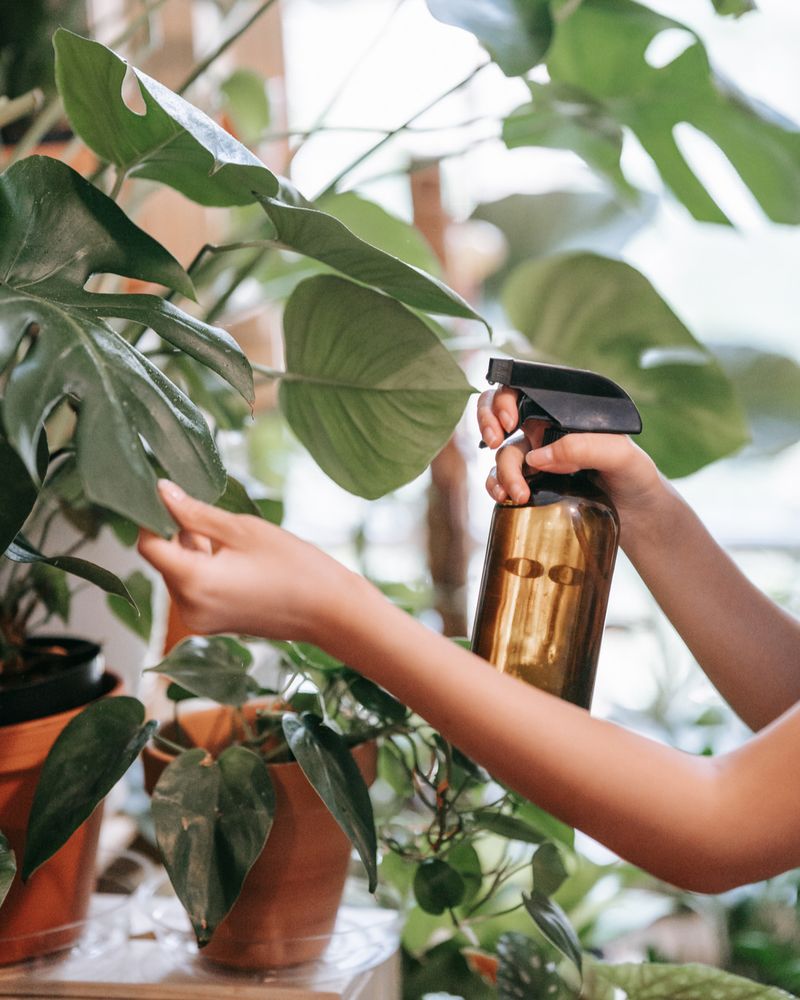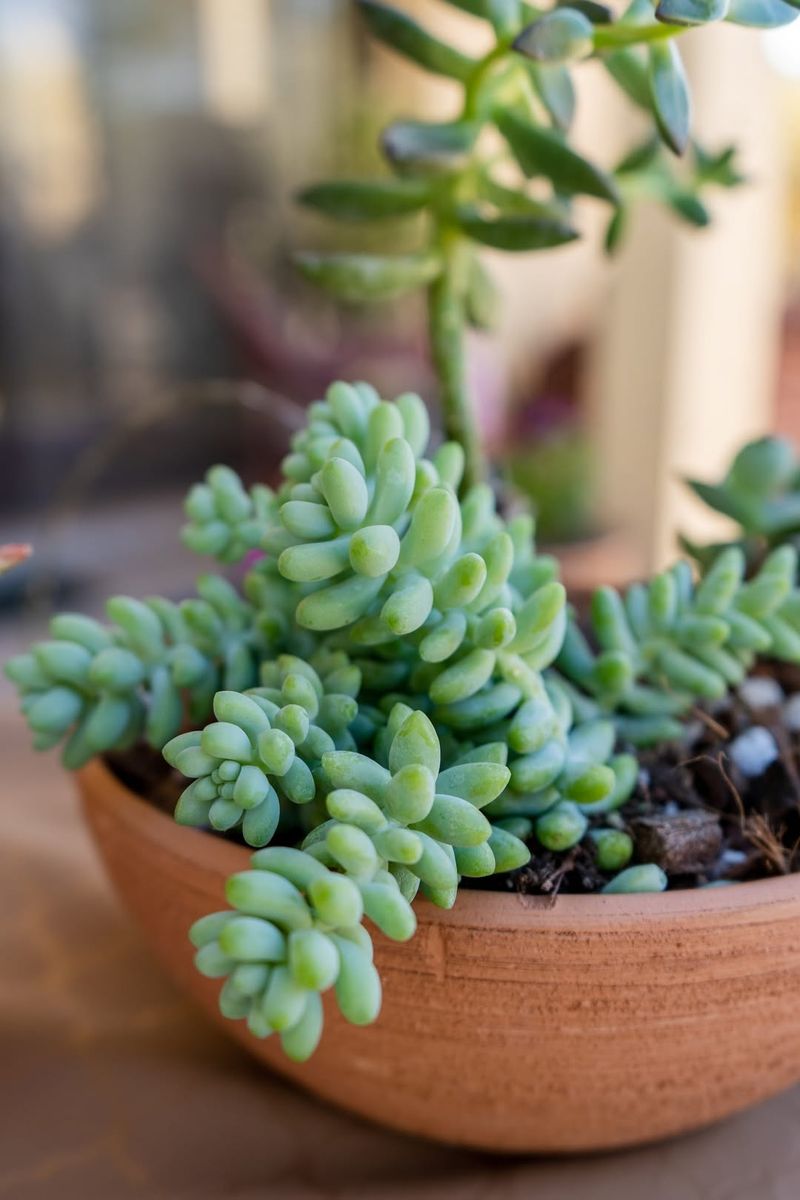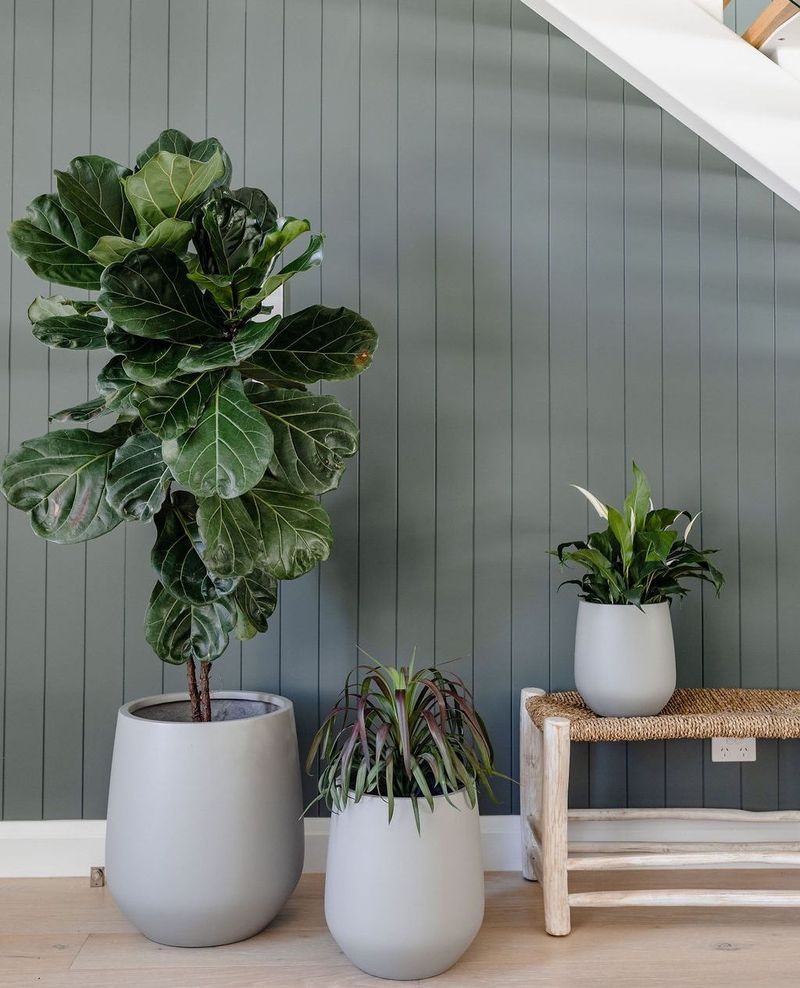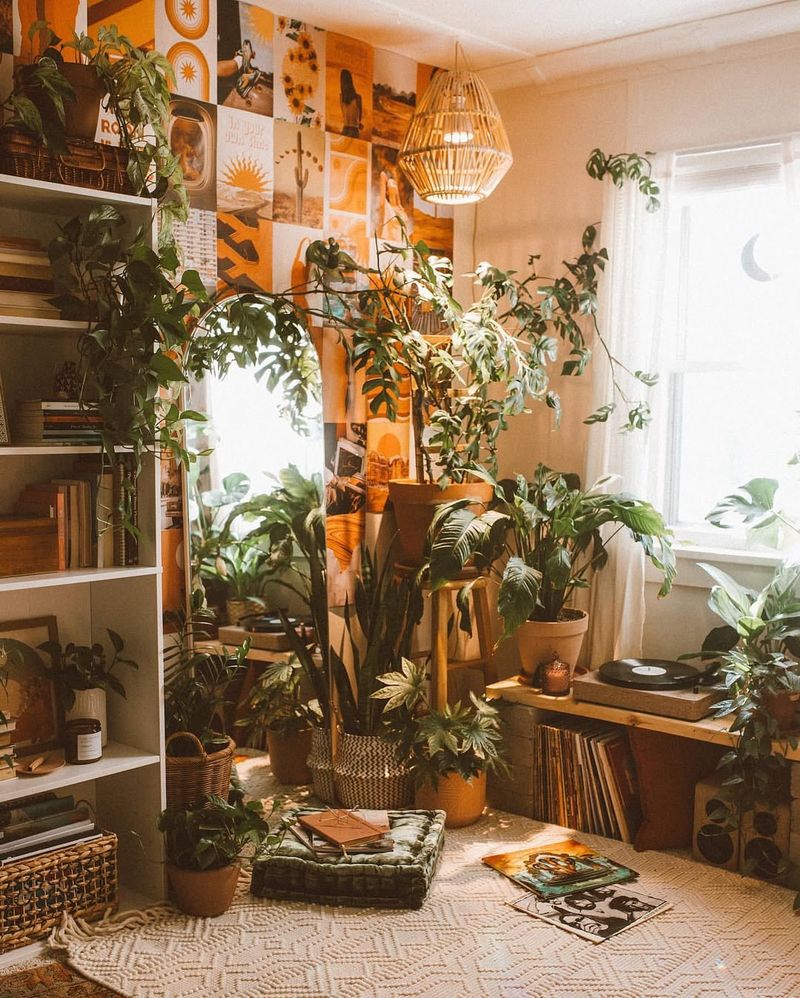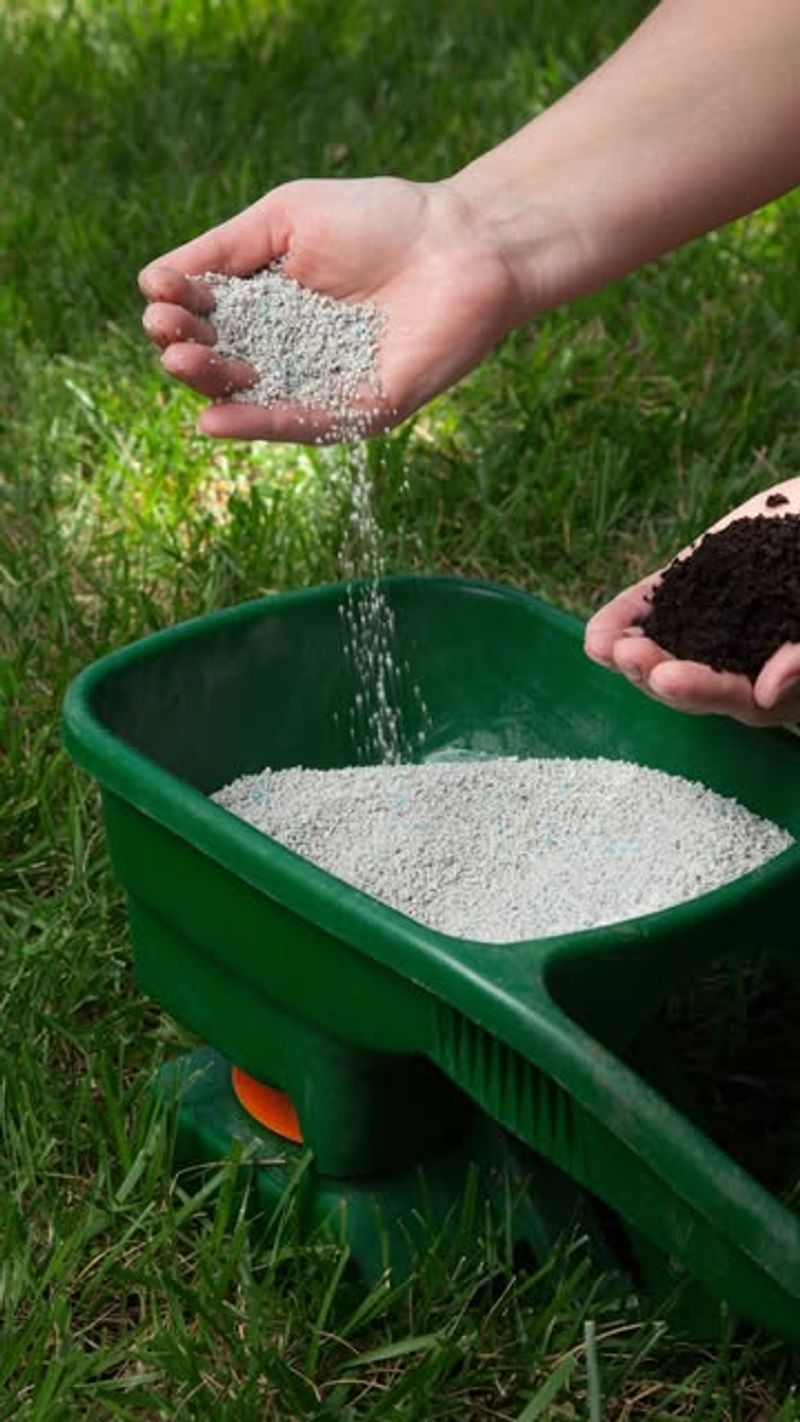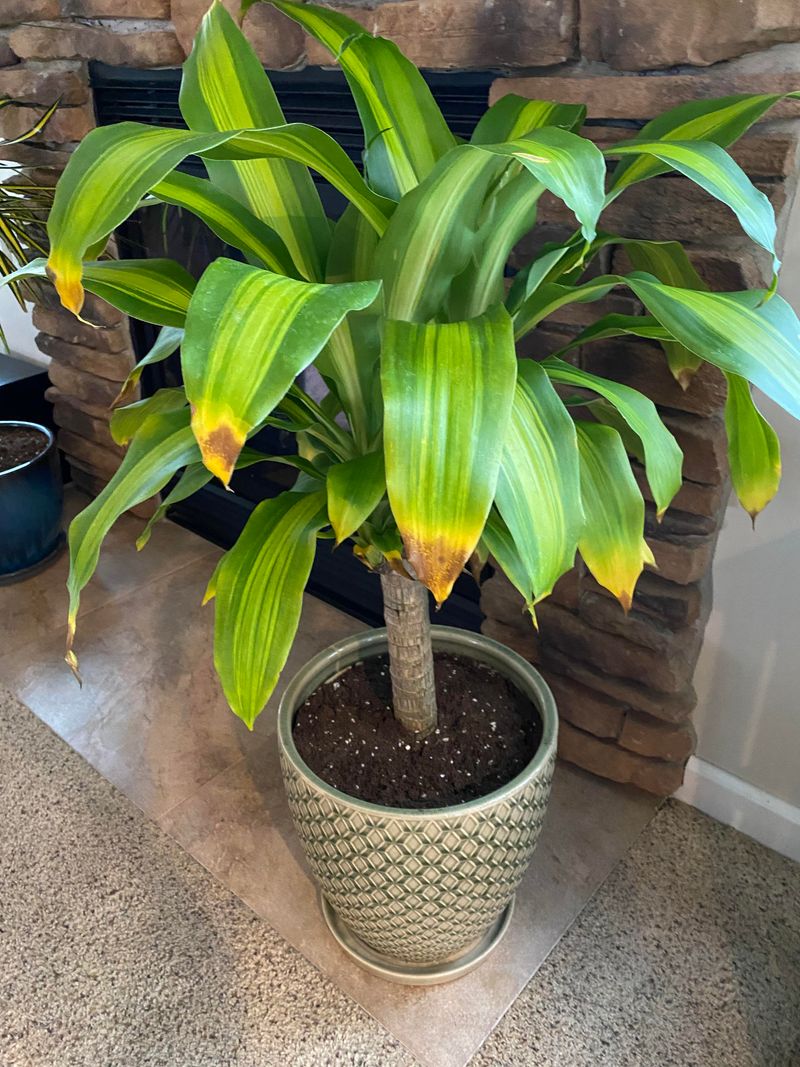From overwatering panic to sunlight scares, houseplant myths have a way of sneaking into every corner of a gardener’s mind.
California green thumbs, it’s time to separate fact from fiction and put these 8 myths to bed once and for all.
1. All Houseplants Love Direct Sunlight
California sunshine feels amazing, but many indoor plants actually prefer filtered light or shade. Direct rays can scorch leaves, causing brown spots and crispy edges that damage your plant permanently.
Most tropical houseplants naturally grow under forest canopies where sunlight gets filtered. Place sun-sensitive plants like pothos, snake plants, and peace lilies near windows with sheer curtains. Your plants will thank you with healthier, greener leaves.
2. More Water Equals Healthier Plants
Overwatering kills more houseplants than any other mistake. Roots need oxygen to survive, and soggy soil drowns them, leading to root rot and yellow leaves.
Most houseplants prefer their soil to dry out slightly between waterings. Stick your finger two inches into the soil before watering. If it feels damp, wait a few more days. California’s dry climate might trick you into overwatering, so always check the soil first instead of following a strict schedule.
3. Misting Replaces Humidity Needs
Spraying water on leaves might seem helpful, but misting only raises humidity for a few minutes. California homes can get quite dry, especially with air conditioning running constantly during hot months.
Instead of misting, try placing plants on pebble trays filled with water or grouping plants together. You could also invest in a small humidifier for plant-heavy rooms. Consistent humidity matters more than quick misting sessions that barely make a difference long-term.
4. Succulents Never Need Water
Sure, succulents store water in their leaves, but they still need regular drinks to survive. Completely neglecting them causes shriveled leaves and stunted growth that weakens the entire plant.
Water succulents thoroughly when their soil dries out completely, usually every two to three weeks. During California summers, they might need more frequent watering than winter months. Always ensure pots have drainage holes so excess water escapes easily without causing problems.
5. Bigger Pots Mean Bigger Growth
Planting in oversized containers actually stresses houseplants and increases root rot risk. Extra soil holds too much moisture, and roots struggle to absorb water efficiently from the massive space.
Choose pots only one to two inches larger than the current container when repotting. Plants grow better when slightly root-bound because they can access water and nutrients more easily. California gardeners often make this mistake thinking bigger always means better results.
6. Indoor Plants Purify Air Significantly
NASA studies showed plants remove toxins, but you would need hundreds of plants to truly clean your home’s air. One fiddle leaf fig cannot replace proper ventilation systems in California homes.
Plants do improve mood and add beauty, which matters more than exaggerated air-purifying claims. Enjoy houseplants for their aesthetic value and the calming atmosphere they create. Open windows regularly for fresh air circulation, which works better than relying solely on plants for purification.
7. Fertilizer Should Be Used Year-Round
Plants grow slower during winter months, even in mild California climates. Feeding them constantly causes fertilizer buildup that burns roots and creates crusty white residue on soil surfaces.
Reduce or stop fertilizing from late fall through winter when plants enter dormancy. Resume feeding in spring when growth picks up again. Use half-strength fertilizer every four to six weeks during growing season. Less is definitely more when it comes to feeding houseplants properly.
8. Brown Leaf Tips Mean Underwatering
California’s tap water contains salts, chlorine, and fluoride that accumulate in soil and cause brown tips on sensitive plants. Watering more actually makes the problem worse by adding more chemicals.
Let tap water sit overnight before using it, allowing chlorine to evaporate naturally. Consider using filtered or distilled water for finicky plants like spider plants and dracaenas. Proper drainage and occasional soil flushing also helps remove salt buildup that damages leaf tips over time.

